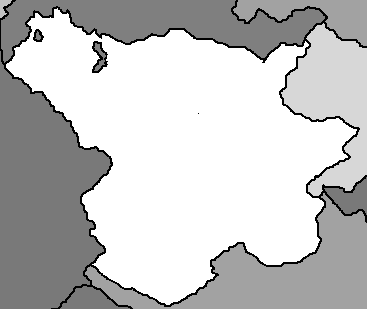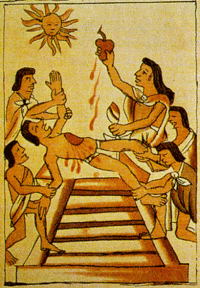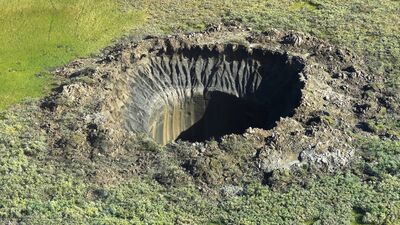Preli
The Holy Empire of Preli | |
|---|---|
|
Flag | |
| Motto: "From Dust, We Return" | |
 | |
| Capital and largest city | Dipito |
| Official languages | |
| Ethnic groups | |
| Religion | Islam |
| Demonym(s) | Prelian |
| Government | Caliphate |
• Caliph | Khalid II |
| Legislature | Parliament |
| Council of Ulema | |
| House of Represenatives | |
| Independence | |
• Established | 20 August 2001 |
• Recognised | 1 October 2002 |
| Currency | Prelian Dirham (PDM) |
| Date format | dd/mm/yyyy |
| Driving side | left |
The Holy Empire of Preli, most commonly referred to as Preli, is a landlocked Islamic caliphate located on the continent of Ausiana in the Coalition of Crown Albatross.
It is bordered to the north by Bangaradesh, the east by Arkanistan and Pekastan, to the south by Mingonia and to the west by Yuan.
Etymology
Preli is the shortened version of the original name of the region known as Preliprestina. The most popular explanation as to why the name was shortened is a folktale story of when refugees arrived into the land following the Evil Replacement, they saw damaged signs from the explosion caused by the Nuclear Explosion of Sabmud only showing the words "Preli" on them, thereby causing those fleeing to believe they had arrived in Preli, thus giving the land it's new name.
However, historical scholars believe the word Preli comes from the native Brundian language for "Peace" and that Prestina is the name of a mythical goddess revered in Neskism (literally "Prestinas Peace" or “Peace from Prestina"), an extinct religion that no longer exists. Therefore, Muslims removed this part of the name and simply named the country Preli.
History
Prehistory (est. 100,000BH - 40,000BH)
Early Society: Anekki Tribe
The Land of Preliprestina has evidence of human habitation dating back 102,000 years ago. Clay pottery dating to 99,600 years ago showcases the Anneki society, an ancient war tribe with drawings of community prayer rituals, agricultural farming and violent torture practices. The National Archaeologists Society of Preli during Project Asremina found the remains of over 20,000 Homo sapien skulls cemented together, the largest mass burial recorded to date. Due to the Anekki's violent and unsustainable behaviour, the tribe is believed to have become extinct in the year 95,500 BH.
Early Civilizations: Nomadic Empire
Approximately 72,000 years ago, the population of the entire region was estimated to be around 600,000. This was due largely to the prosperity from the migration of nomadic tribes from the east and their knowledge of extensive trading routes across the continent. The nomadic tribes established one of the earliest civilisations of Preliprestina and soon became the Nomadic Empire.
Eruption of Mount Dipito
The Eruption of Mount Dipito dating to around 40,000 years ago, caused the entire extinction of those living in the neighbouring cities. Those who experienced it worst were the trading towns of Morno and of course Dipito. As the largest volcano in the region, Mount Dipito erupted quickly and violently, causing mass volcanic "meteor-like" debri to fall from the sky. The aftermath can still be seen today at The National King Reitius Park, where the park has Government-protected sites for tourists to view huge craters in the ground which to this day contain untouched remains of silverware, coins and jewellery.



